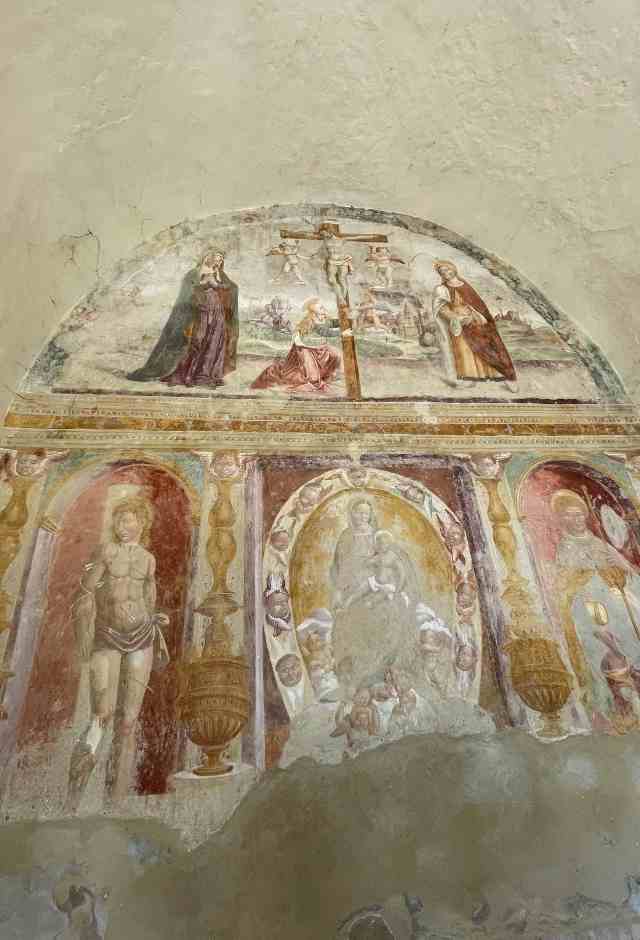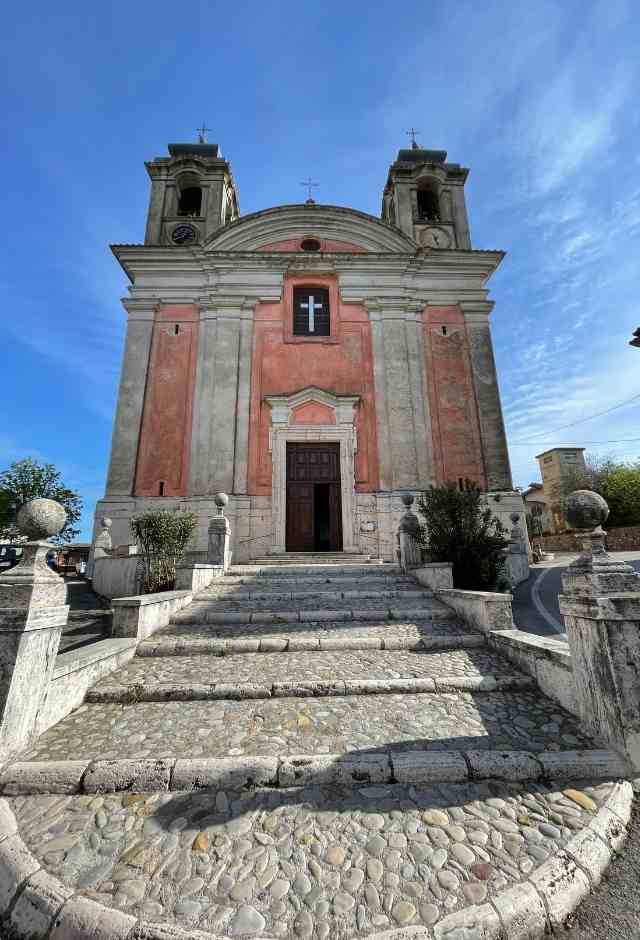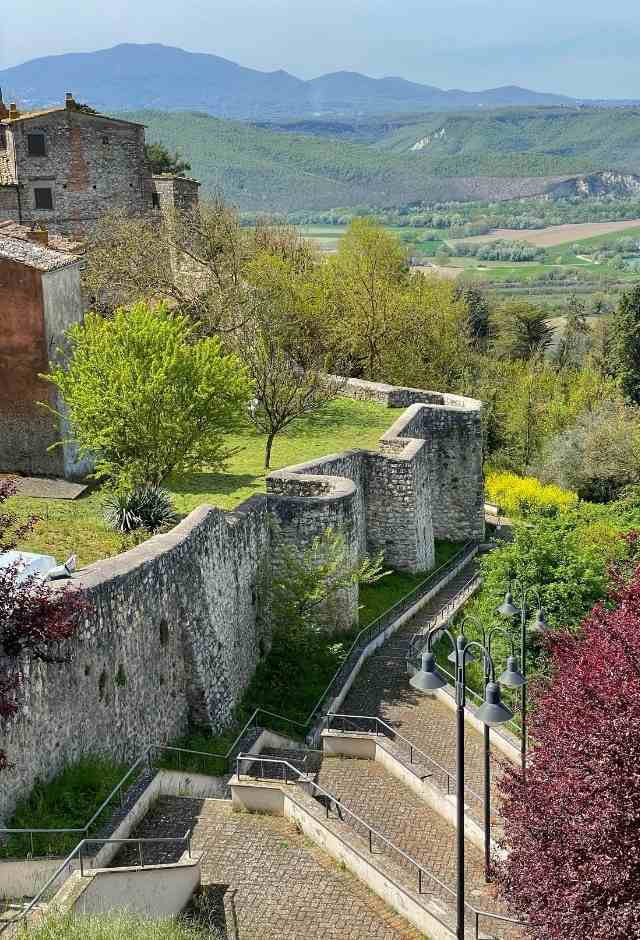Is certain that the hills where Giove is now, became immediately an important place for the control of the Tevere, and for the passage of goods and people, and for the ancient via Amerina.
We don’t know if on the hill has ever existed a sanctuary dedicated to Giove, but archeological attestations of roman period, especially along the river where supposed to extend a fluvial port, doesn’t miss: walls, warehouses, brick, coins which gave placed even to the traditional story of San Valentino and on his martyrdom on the Tevere, where was afters built the Church of San Valentino ad Flumen of which today unfortunately there isn’t trace.
Interesting, in the Palombara area, a monumental Colombario, a particular tipologie of structure of roman sepolture dated between the I century BC and the I century AC.
Giove between Middle-age and Renaissance
Even if some people refer to a document of 1191 – about the exchange of some activities between Offreduccio di Buonconte of Alviano and Berardo di Pietro lord of the “Castle of Juvo”, probably refer to the Castle of Giove placed in Sellano, near Norcia – the first certain attestation which talks about the Castle of Giove is dated January 2, 1223.
Was in this date that Giove , a dispute between Amelia, Todi and Orvieto, passed to this last one with a sottimission act.
After the passage of Federico II and the victory of the Papacy, Giove, in 1248 passed to the people of Alviano, for be purchase after by the Caetani in 1301 and, in the period of the “Cattività di Avignone” start the war on the castles in the territory between the roman families of Ceatani, de Colonna , degli Orsini and of degli Alviano.
In a few years, there are then different characters like the same Federico from Montefeltro and between the end of 1400 and the beginning the 1500: Ferrante Farnese, Cesare Borgia and then the Farnese.
Until, in July 14, 1597, Giove passed definitely to Ciriaco and Asdrubale Mattei, becoming then a duchy.





